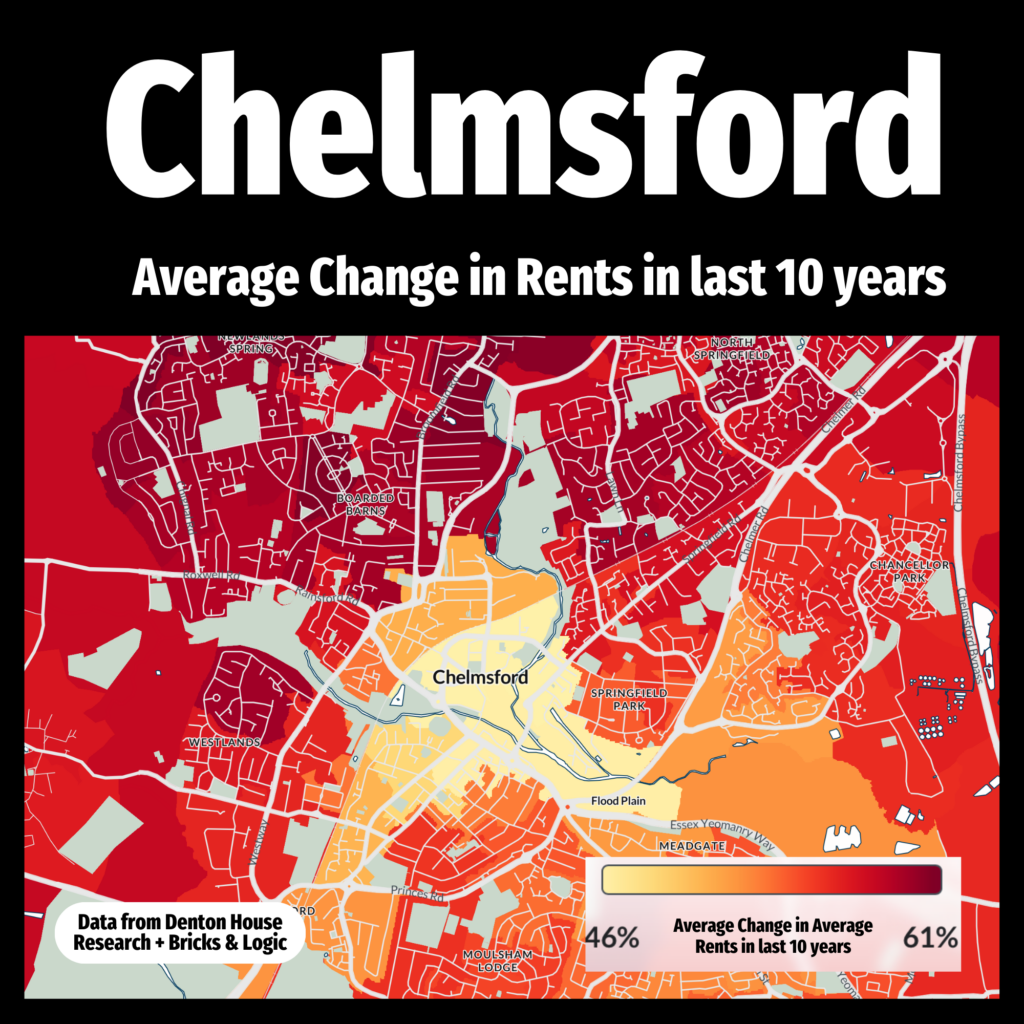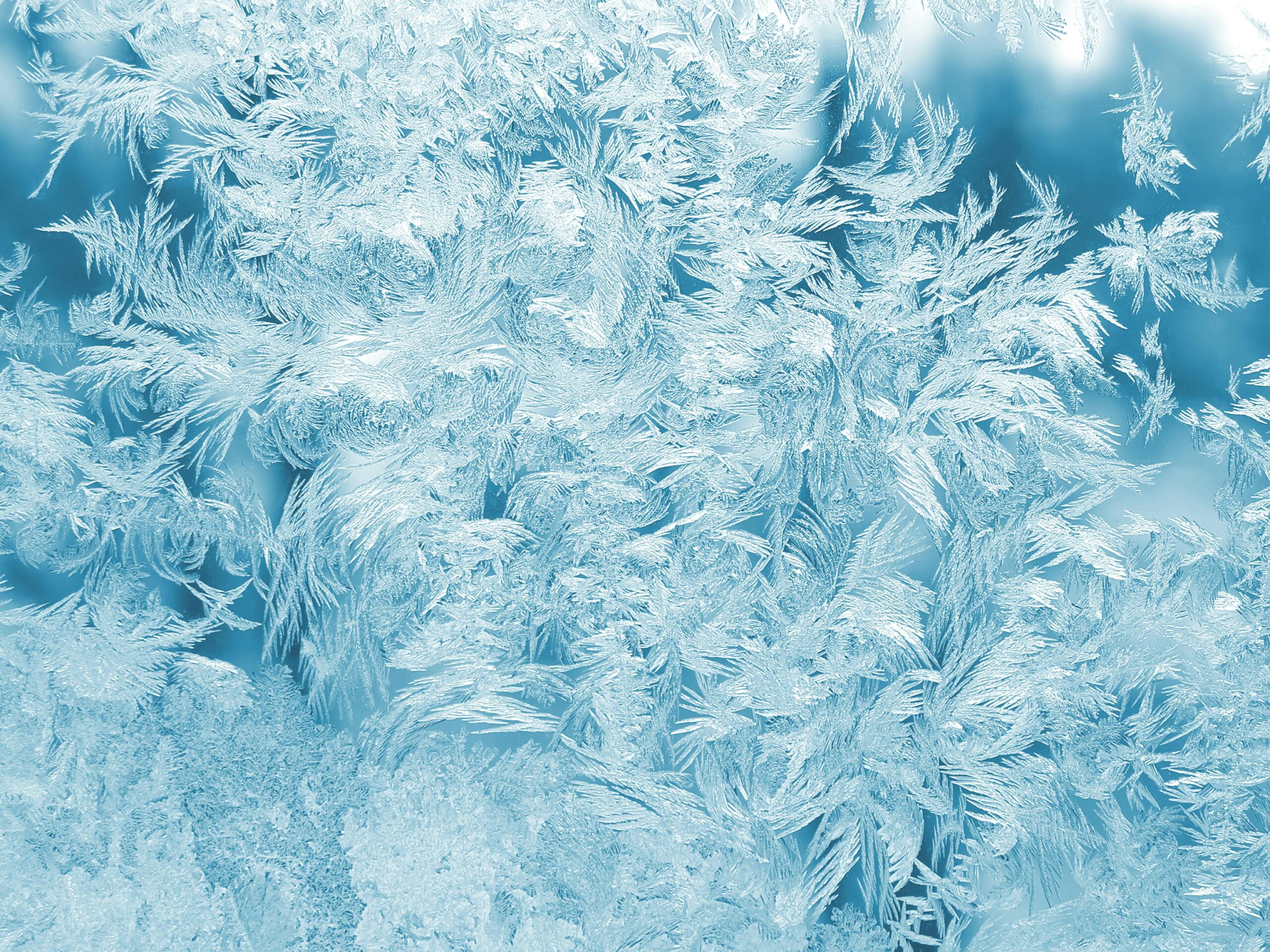As the colder months approach, it’s important for landlords to ensure their rental properties are properly prepared for winter. Preventative maintenance can save you from costly repairs, keep tenants happy, and protect your investment. Here’s a comprehensive guide on what landlords should check before winter arrives.
- Inspect the Heating System
Before temperatures drop, check the heating system to ensure it’s in good working order. A well-functioning system keeps tenants comfortable and prevents frozen pipes.
- Boilers: Schedule a professional to inspect and service the heating system. Clean or replace filters, and check for leaks or any system inefficiencies.
- Thermostats: Ensure all thermostats are working properly. Consider installing programmable ones to help tenants save on energy costs.
- Check Windows and Doors for Drafts
Drafts can drive up energy costs and make it harder to maintain a comfortable temperature inside.
- Window Seals: Inspect the seals on windows and look for cracks or gaps where cold air can enter. Add weather stripping or caulk to fix any issues.
- Door Frames: Check for drafts around doors,and consider installing draft stoppers or door sweeps to block cold air.
- Inspect the Roof and Gutters
Winter storms can cause damage to a home’s roof, and clogged gutters can lead to water buildup and leaks.
- Roof Inspection: Check for missing shingles, damaged flashing, or any signs of wear that could lead to leaks or ice dams.
- Gutters and Downpipes: Clear out leaves, debris, and any blockages from gutters and downspipes to prevent water from freezing and causing backups.
- Prepare Plumbing for Freezing Temperatures
Frozen pipes are a common and costly problem in winter. Take steps to prevent pipes from freezing.
- Pipe Insulation: Wrap pipes in unheated areas (such as basements, attics, or garages) with insulation or heat tape.
- Advise Tenants: Instruct tenants to keep the heating on, even if they go away during the holidays, to prevent pipes from freezing.
- Ensure Proper Ventilation
Proper ventilation is essential to avoid condensation, mould, and poor air quality during the winter months.
- Vent Fans: Ensure that kitchen and bathroom exhaust fans are working efficiently. These help reduce moisture and prevent mould buildup.
- Attic and Crawl Spaces: Check for proper ventilation in attics and crawl spaces to prevent moisture buildup.
Test Smoke and Carbon Monoxide Detectors
The risk of fires and carbon monoxide poisoning increases in winter due to the use of heating systems and fireplaces.
- Detectors: Test smoke alarms and carbon monoxide detectors to ensure they are functioning properly. Replace batteries or units as needed.
- Safety Checks: If your property has a fireplace or wood-burning stove, schedule a chimney cleaning to remove creosote buildup and check for any blockages.
- Prepare for Snow and Ice Removal
Snow and ice can create hazardous conditions on walkways, driveways, and sidewalks.
- Snow Removal: Determine who is responsible for snow removal — the landlord or the tenant. If it’s the landlord’s responsibility, ensure you have the right equipment or a service contracted in advance.
- Salt and Ice Melt: Provide tenants with salt or sand for icy conditions and explain when and how to use it.
- Outdoor Lighting: Check that outdoor lighting is functional and adequate for tenants to safely navigate during the longer winter nights.
- Inspect the Hot Water Heater
A functioning water heater is crucial for tenant comfort in the winter months.
- Inspection: Check the hot water heater for any signs of leaks, rust, or sediment buildup. Flush the system if needed to improve efficiency.
- Temperature Settings: Ensure the water heater is set to an appropriate temperature (around 120°F or 49°C) to avoid scalding and maintain energy efficiency.
- Communicate with Your Tenants
Clear communication with tenants is key to preventing winter-related issues.
- Maintenance Requests: Encourage tenants to report any heating, plumbing, or weather-related issues as soon as they arise.
- Winter Safety Tips: Provide tenants with a list of winter safety tips, such as keeping heat on, avoiding space heaters, and reporting drafts or leaks.
Conclusion
Winterising your rental property is a crucial step in protecting both your investment and your tenants. By following this checklist and staying proactive with seasonal maintenance, you can avoid costly repairs, improve energy efficiency, and ensure a safe and comfortable winter for everyone.
If you’re looking for advice with selling, letting, buying or renting your home, we would be delighted to have the opportunity to discuss the options available. Feel free to call us on 0203 985 1976.
 Landlord
Landlord
